Senior Shawn Heffern has participated in high levels of competition, playing both basketball and football ever since he was a young boy. As he got older, Heffern faced tougher competition, longer practices and higher expectations of him from coaches. However, Heffern has yet to drop one sport for the other, shifting between the gridiron and court each season.
But that transition from season to season is not always easy.

Despite being conditioned for football, Heffern said he still is “out of basketball shape.” Each sport has unique movements and rhythm, creating a barrier for transferring athletes.
“It’s definitely tough coming into basketball season,” Heffern said.
Heffern played football this fall on the State Championship team with little time to prepare for the basketball season. With the quick turnaround he said he worked carefully to get into basketball shape.
“The transition took about two weeks,” Heffern said. “The transition was as much of a physical aspect as a mental (one).”
Sophomore Amy Malone, who plays basketball and soccer, has the same problem as Heffern. She has played basketball and soccer all of her life and said she agrees that the transition is tough. However, Malone said she sees a large upside to being a two-sport athlete. Malone said she feels that playing two sports allows her to not get burned out so quickly.
“By playing one sport you want to play the other,” Malone said. “When you come back you feel fresh.”
Men’s basketball Head Coach Scott Heady said he works with football Head Coach Kevin Wright on practice schedules to limit the conflicts between seasons. This collaboration is ideal, for athletes, but it can be uncommon. The date of the football State Championship in late November, for example, ran into basketball season, making Heffern’s transition harder. But with Heady and Wright’s collaboration, it only took two weeks before he was playing basketball. Heady said, “We work with guys on an individual basis and try not to put the athlete in the middle and make him choose.”
Different sports have different strategies and skills, and coaches and players who make those transitions said they have found that when players first come back, they have a rough time getting back in the swing of playing the new sport.
“You have to reteach yourself,” Malone said. “I try to do soccer moves during basketball practice, like, sometimes I’ll even kick it when it’s on the ground.”
Junior John Kenny, who plays lacrosse, hockey and football, said he agrees with Malone that the first few practices of a new season can be challenging.
Kenny said, “It’s tough to get back into it because you miss the preseason workouts. But once you get the hang of (the new sport) it’s all good.”
Coach Heady and Wright said they have also found that the players manage to come back on their own, and pushing them into the sport too early will only stress them out.
“You don’t want to rush them. (You) make sure they are ready to play and get them into condition. The base conditioning should take about two weeks,” Heady said.
While some coaches do not prefer two-sport athletes because the second sport takes personal attention from “main” coaches, at Carmel, coaches such as Heady said they welcome multiple-sport athletes.
“I absolutely welcome (two-sport athletes). They come in with a winning attitude and confidence,” Heady said.
According to Heffern, there is no punishment for missing practice because of other sports. Despite the transition time, the coaches agreed that playing multiple sports can be beneficial.
Kenny added that the coaches are happy to have him back once the season’s over. However, Malone said her travel soccer coach would force her to make up practices she misses because of basketball.
Despite the challenges playing two sports brings, the three athletes all said they believe it is worth continuing.
“Physically, (playing multiple sports) allows your body to work on different muscles,” Heffern said, “mentally it prevents athletes from getting burnt out of a sport.”
















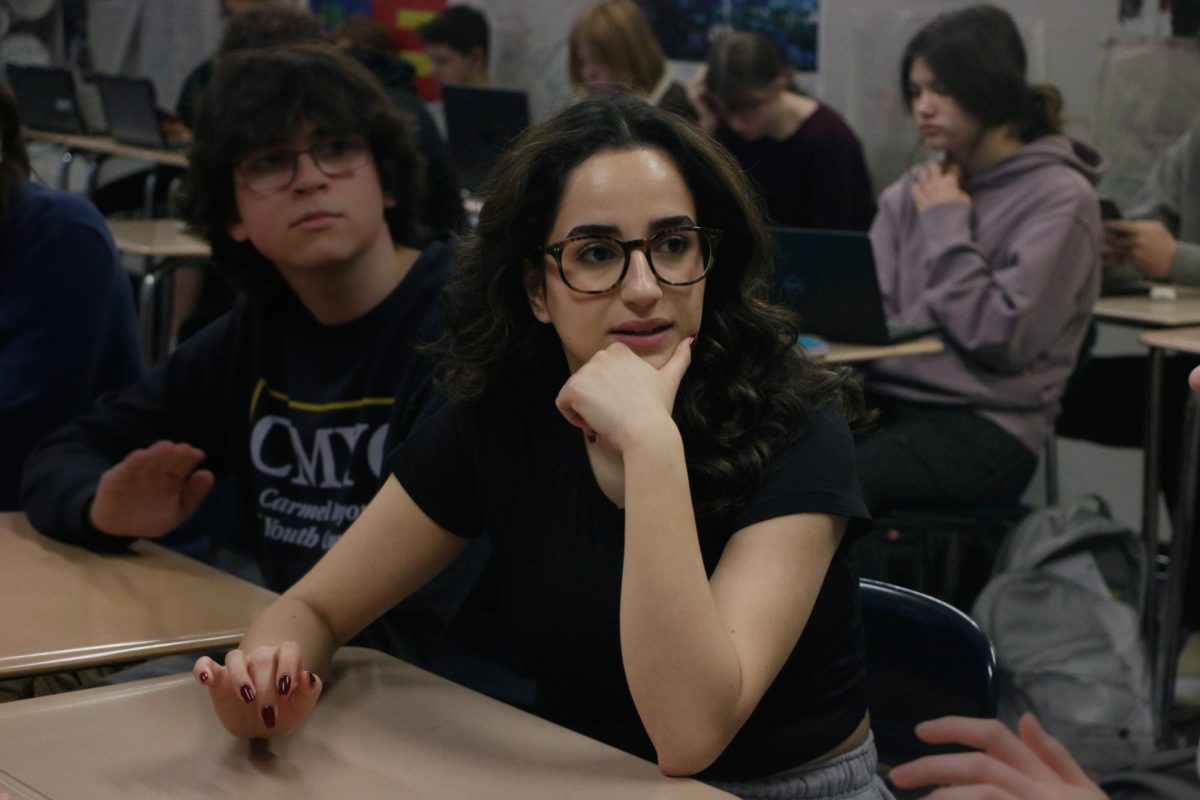

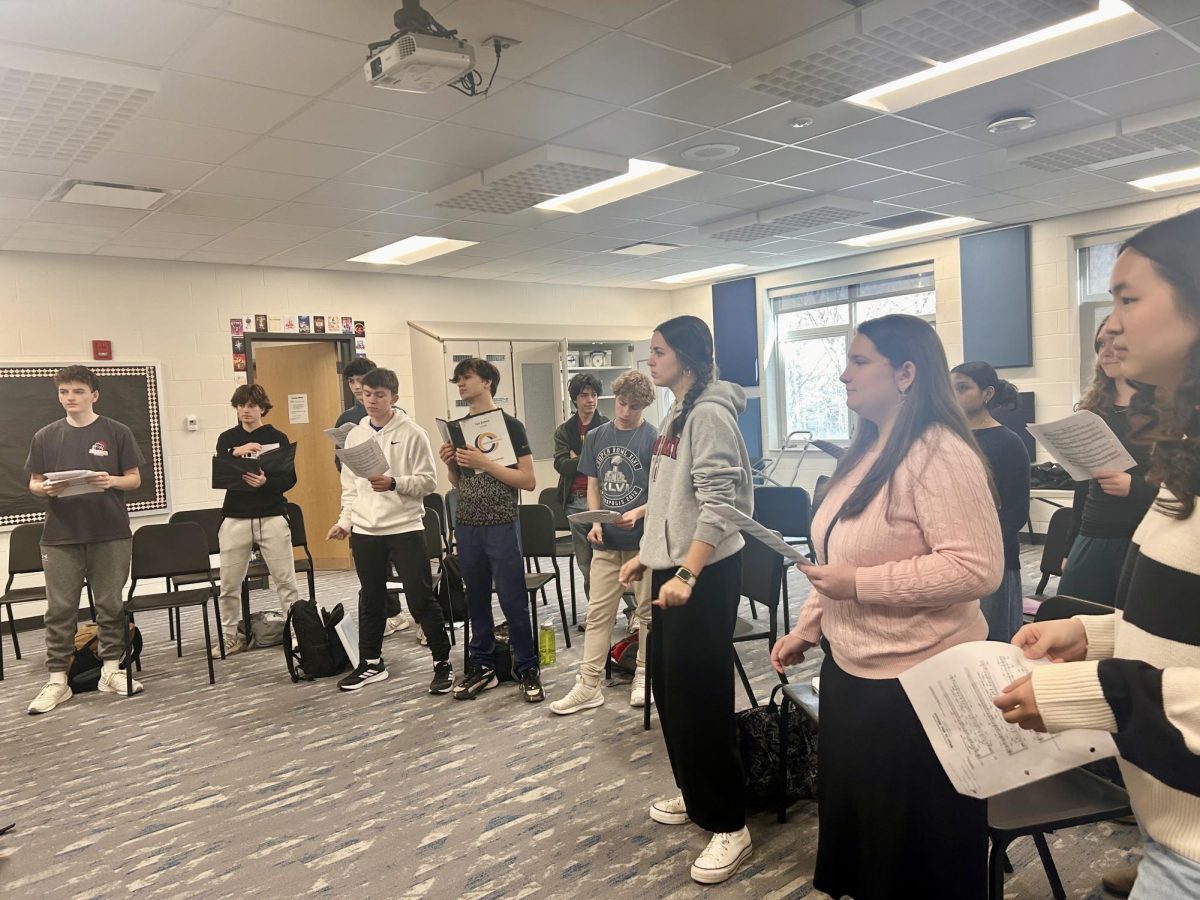

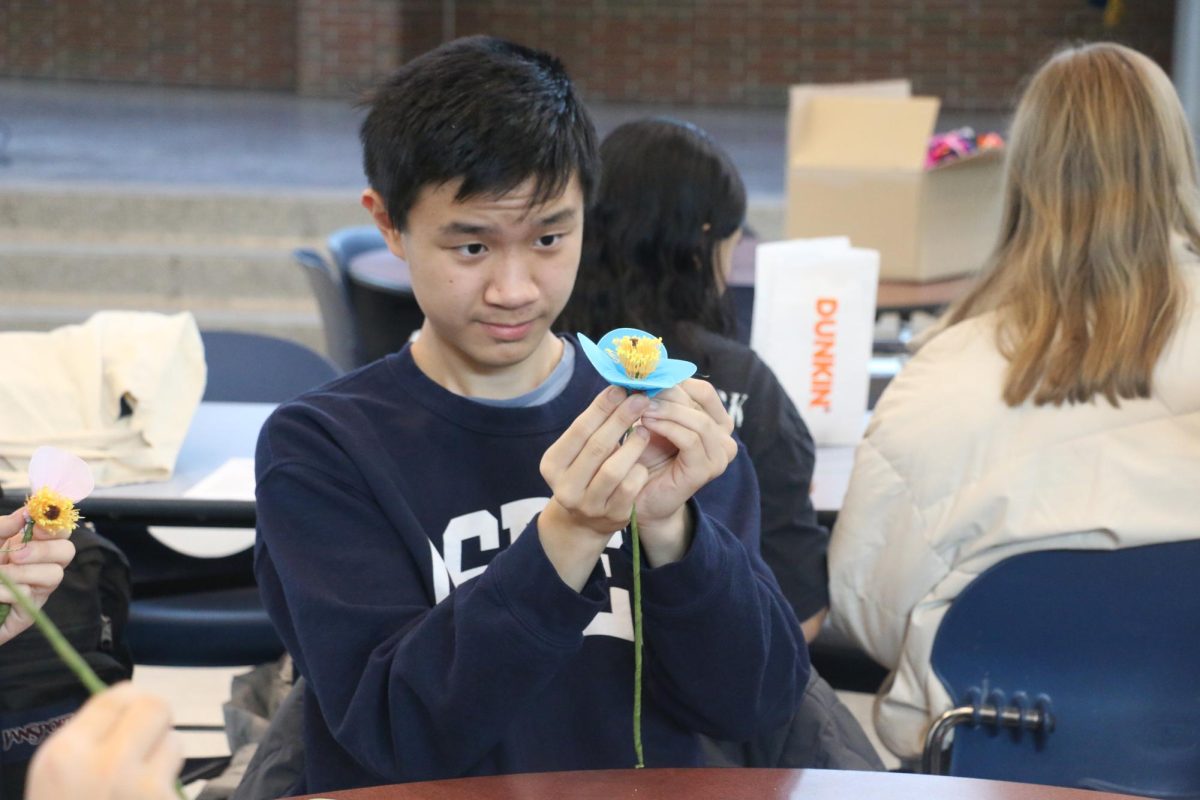


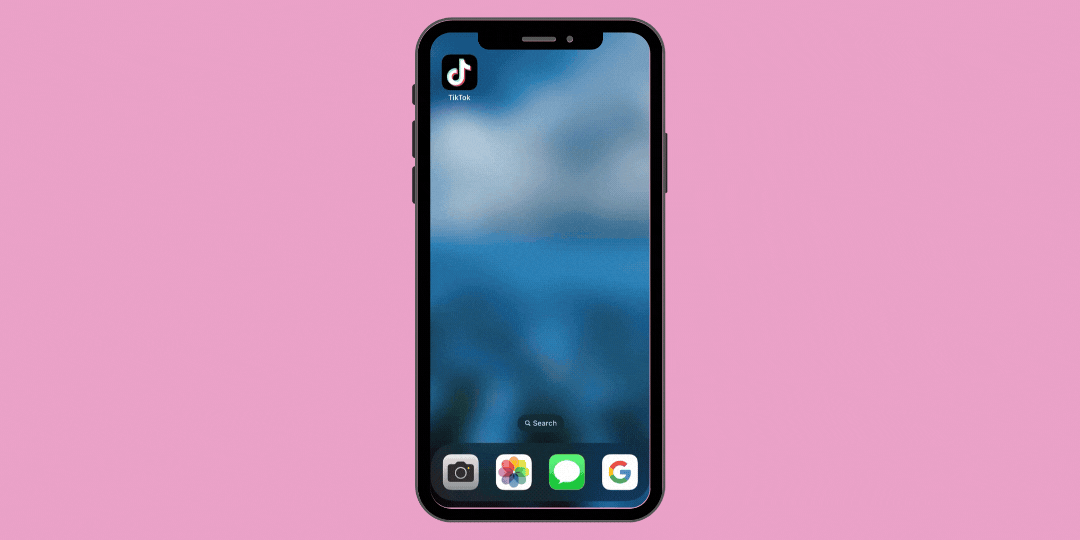
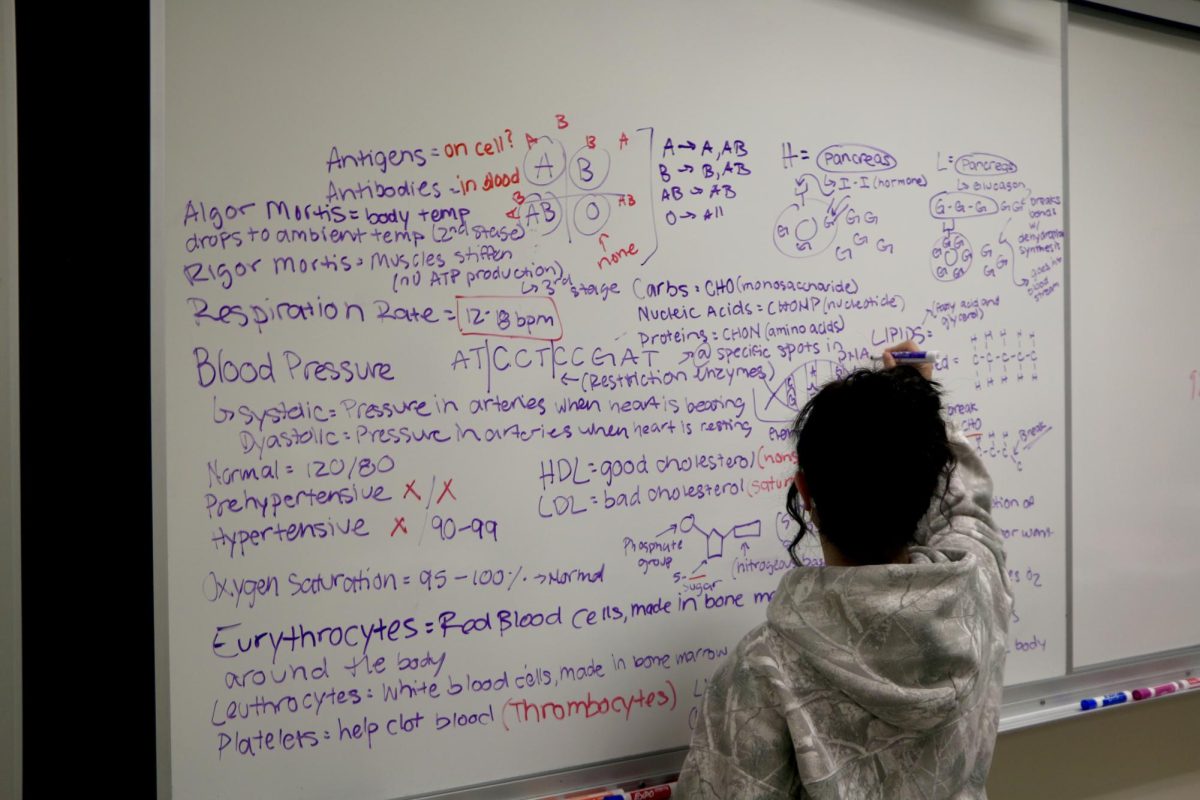
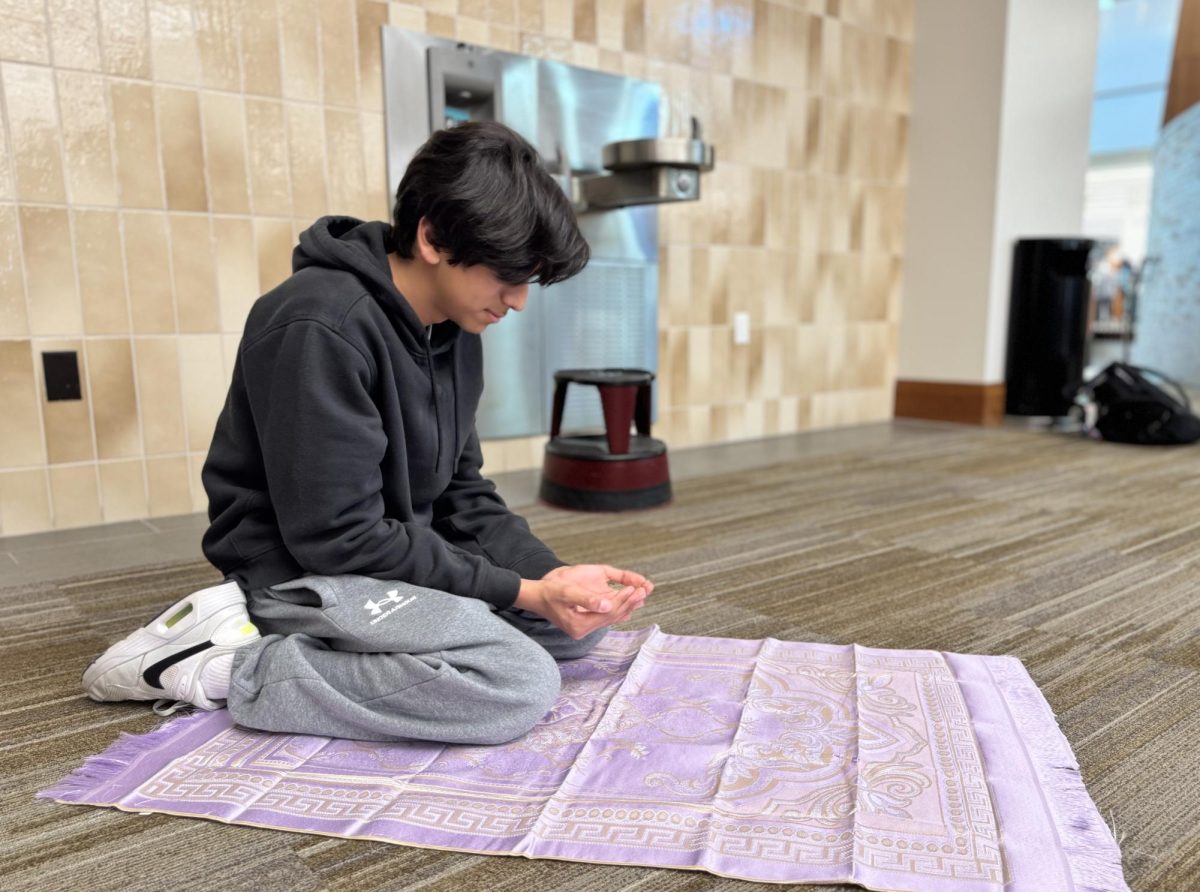



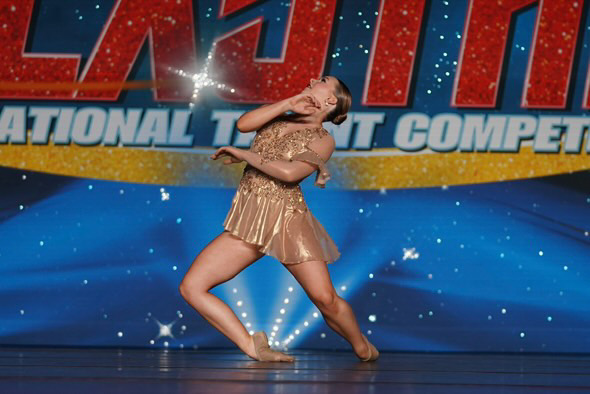

![AI in films like "The Brutalist" is convenient, but shouldn’t take priority [opinion]](https://hilite.org/wp-content/uploads/2025/02/catherine-cover-1200x471.jpg)




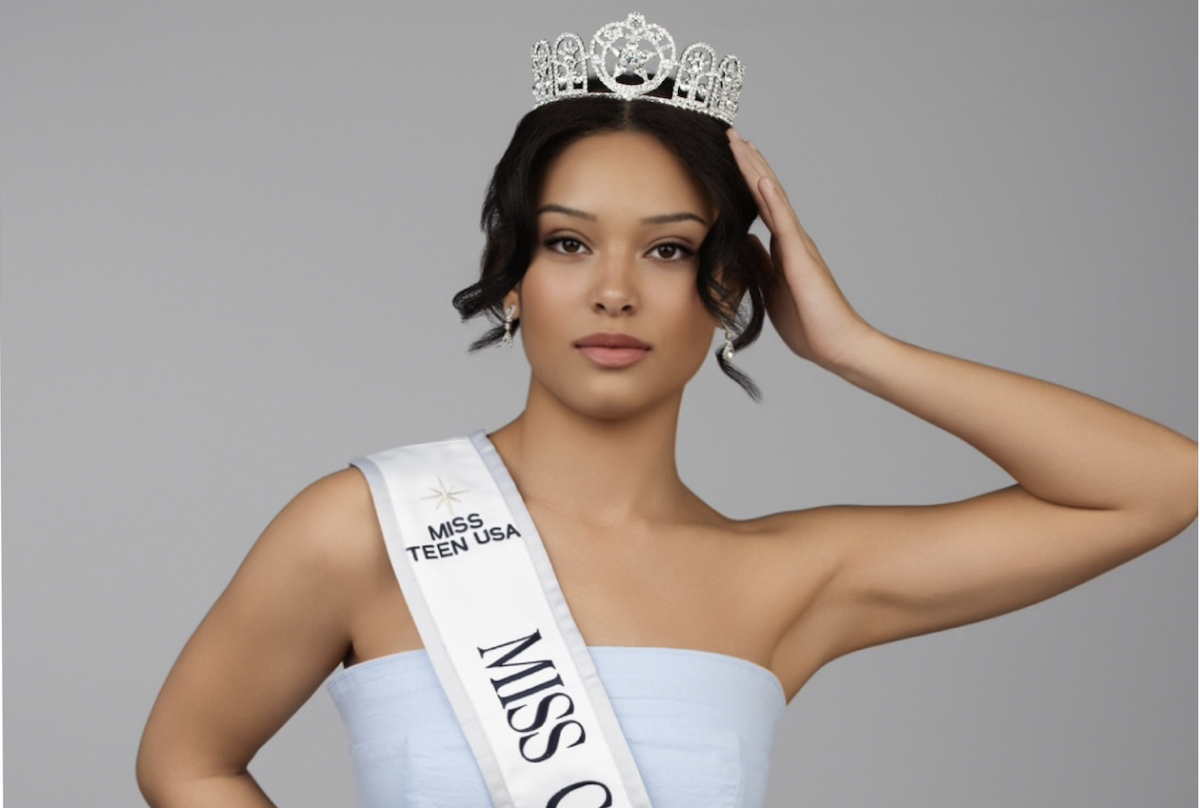
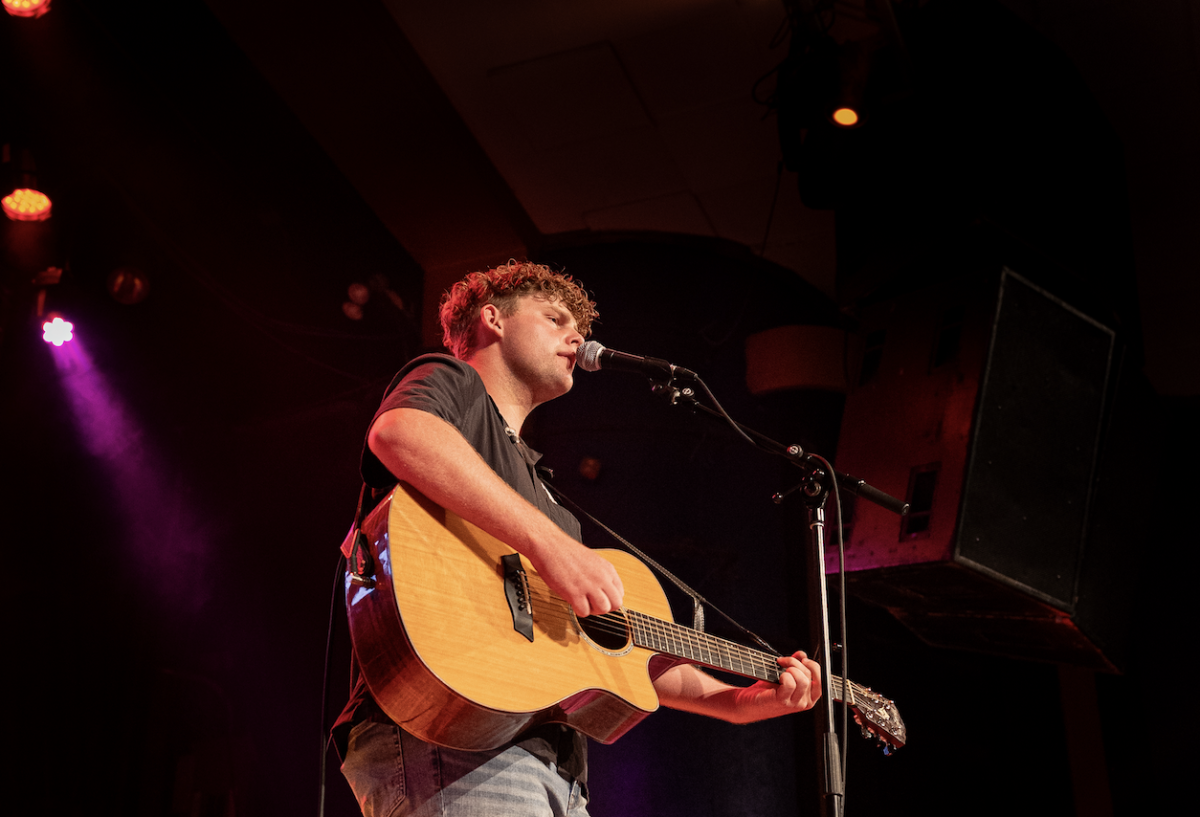







































![Review: “The Immortal Soul Salvage Yard:” A criminally underrated poetry collection [MUSE]](https://hilite.org/wp-content/uploads/2025/03/71cju6TvqmL._AC_UF10001000_QL80_.jpg)
![Review: "Dog Man" is Unapologetically Chaotic [MUSE]](https://hilite.org/wp-content/uploads/2025/03/dogman-1200x700.jpg)
![Review: "Ne Zha 2": The WeChat family reunion I didn’t know I needed [MUSE]](https://hilite.org/wp-content/uploads/2025/03/unnamed-4.png)
![Review in Print: Maripaz Villar brings a delightfully unique style to the world of WEBTOON [MUSE]](https://hilite.org/wp-content/uploads/2023/12/maripazcover-1200x960.jpg)
![Review: “The Sword of Kaigen” is a masterpiece [MUSE]](https://hilite.org/wp-content/uploads/2023/11/Screenshot-2023-11-26-201051.png)
![Review: Gateron Oil Kings, great linear switches, okay price [MUSE]](https://hilite.org/wp-content/uploads/2023/11/Screenshot-2023-11-26-200553.png)
![Review: “A Haunting in Venice” is a significant improvement from other Agatha Christie adaptations [MUSE]](https://hilite.org/wp-content/uploads/2023/11/e7ee2938a6d422669771bce6d8088521.jpg)
![Review: A Thanksgiving story from elementary school, still just as interesting [MUSE]](https://hilite.org/wp-content/uploads/2023/11/Screenshot-2023-11-26-195514-987x1200.png)
![Review: "When I Fly Towards You", cute, uplifting youth drama [MUSE]](https://hilite.org/wp-content/uploads/2023/09/When-I-Fly-Towards-You-Chinese-drama.png)
![Postcards from Muse: Hawaii Travel Diary [MUSE]](https://hilite.org/wp-content/uploads/2023/09/My-project-1-1200x1200.jpg)
![Review: "Ladybug & Cat Noir: The Movie," departure from original show [MUSE]](https://hilite.org/wp-content/uploads/2023/09/Ladybug__Cat_Noir_-_The_Movie_poster.jpg)
![Review in Print: "Hidden Love" is the cute, uplifting drama everyone needs [MUSE]](https://hilite.org/wp-content/uploads/2023/09/hiddenlovecover-e1693597208225-1030x1200.png)
![Review in Print: "Heartstopper" is the heartwarming queer romance we all need [MUSE]](https://hilite.org/wp-content/uploads/2023/08/museheartstoppercover-1200x654.png)

